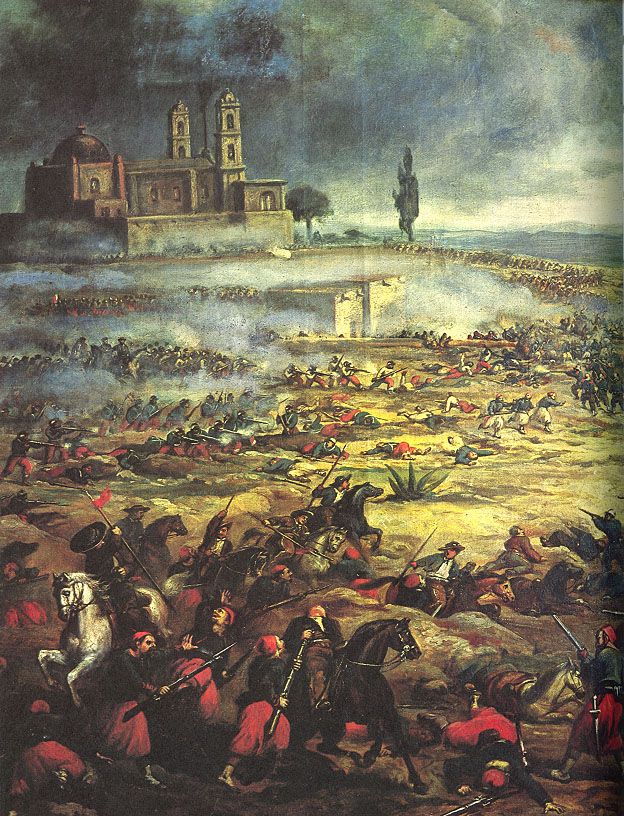“Punting the Pundits” is an Open Thread. It is a selection of editorials and opinions from around the news medium and the internet blogs. The intent is to provide a forum for your reactions and opinions, not just to the opinions presented, but to what ever you find important.
Thanks to ek hornbeck, click on the link and you can access all the past “Punting the Pundits”.
Follow us on Twitter @StarsHollowGzt
New York Times Editorial Board: Runaway Drug Prices
A drug to treat abnormal heart rhythms can cost about $200 on one day and more than $1,300 the next. A diagnosis of multiple sclerosis can lead to a drug bill of at least $50,000 a year. How companies set prices of specialty drugs for these and other complex diseases, like cancer and AIDS, has been a mystery to the patients who need them. Now the Obama administration and some states are tackling that lack of transparency and the rising costs. [..]
A recent report in The Wall Street Journal described how Valeant Pharmaceuticals International, based in Canada, bought the rights to two lifesaving heart drugs on Feb. 10 and raised their prices the same day. The list price for a one-milliliter vial of Isuprel, used to treat abnormal heart rhythms, rose to $1,347 from $215. The price for a two-milliliter vial of Nitropress, for dangerously high blood pressure and acute heart failure, increased from to $806 from $258. The Journal cites similar increases for Ofirmev pain injections and Vimovo pain tablets after new companies acquired the rights.
Bills have been introduced in several states requiring drug makers to report profits and expenses for costly drugs or sometimes for all drugs, according to The Journal’s pharmaceutical blog. Such disclosures might shame companies into restraining their price increases and provide state officials with information to determine what action to take.
Paul Krugman: Race, Class and Neglect
Every time you’re tempted to say that America is moving forward on race – that prejudice is no longer as important as it used to be – along comes an atrocity to puncture your complacency. Almost everyone realizes, I hope, that the Freddie Gray affair wasn’t an isolated incident, that it’s unique only to the extent that for once there seems to be a real possibility that justice may be done.
And the riots in Baltimore, destructive as they are, have served at least one useful purpose: drawing attention to the grotesque inequalities that poison the lives of too many Americans.
Yet I do worry that the centrality of race and racism to this particular story may convey the false impression that debilitating poverty and alienation from society are uniquely black experiences. In fact, much though by no means all of the horror one sees in Baltimore and many other places is really about class, about the devastating effects of extreme and rising inequality.
About a year ago I read an eloquent and powerful article on Cinco de Mayo by Sudie Hoffman at the Zinn Educational Project. In this must-read blog post, Hoffman correctly names the damaging ethnic stereotypes embodied in the commercial appropriation of this day as it is celebrated in the United States. [..]
Why do we do this? Why do good, thoughtful people who would never think to celebrate African American culture with fried chicken, watermelons, and Sambo figurines nevertheless feel it perfectly appropriate to “honor” Mexico with racist tropes?
I don’t have an answer to this. I hate to think people actually believe those stereotypes, but it’s likely some do. Or maybe they simply don’t stop to think about how hurtful and damaging those kinds of images can be.
On the other hand, there is a reason Cinco de Mayo came to the U.S., and it wasn’t to celebrate a dictator. In the 1960s Chicano activists thought that this day might become a bridge to better understanding and acceptance of Mexican Americans in the United States, and a window to authentic Mexican culture. It didn’t turn out that way, but there is no reason we cannot return to that initial intent.
Dean Baker: Celebrating the Flash Crash with a Wall Street Sales Tax
This week marks the fifth anniversary of the flash crash. For those who don’t remember, the Flash Crash was when the stock market lost almost nine percent of its value from its opening level, with most of this decline occurring in a five-minute period. [..]
The issue of short-term trading is the key here. There was no event in the world that triggered the plunge. There was no outbreak of war, major terrorist incident, or natural disaster that sent stock prices plummeting. There wasn’t even a bad profit report from a major company. The crash was based simply on program trading that fed back on itself, turning a downward blip into a major plunge. [..]
The traders now siphon off more than $200 billion (1.3 percent of GDP) a year from the productive economy. Much of this money is the income of super-rich bankers and hedge fund partners.
There is a simple and easy way to reduce the amount of money being drained away by short-term traders. A financial transactions tax, effectively a modest sales tax applied to trades, would drastically reduce the amount of short-term trading while raising a huge amount of revenue.
Jason Downs: How Do We Prevent Another Freddie Gray?
Telling the truth requires courage. Lying is easy. Telling half-truths is the coward’s way out. But telling the truth in the face of adversity calls for great courage. Accepting the truth, especially when this truth offends your sensibilities, requires even greater courage.
Discussing Freddie Gray’s homicide without discussing race is as incomplete as discussing the history of the United States without discussing slavery. It’s a half-truth. [..]
Once the truth is known, once dirty little secrets are revealed, the frustration shown yesterday is better understood, which is not the same as condoning any more violence. Freddie Gray’s homicide was not an isolated incident; it was the tipping point. That said, the question now is how to honor this truth?
How do we prevent another Freddie Gray? How do we prevent explosions of community anger and frustration that burn down portions of our city?
Wendell Potter: Why Health Insurers May Be Destined to Follow Blockbuster Into Irrelevance
Remember Blockbuster?
In its heyday — which wasn’t so long ago — Blockbuster had 60,000 employees and 9,000 locations. For most Americans, for a minute anyway, it was the place to rent a movie. Then along came Netflix. And Redbox, which operates most of the movie-rental kiosks in convenience and grocery stores. [..]
What will be the next Blockbuster? It very well might be your health insurance company, says Steven Brill, the entrepreneur and journalist whose 26,000-word Time magazine cover story about the absurdly high costs of American health care captured the nation’s attention two years ago.
“I see insurance companies as the weak players” in the U.S. health care system, Brill told me in a recent interview. By that he meant that insurers have become increasingly impotent middlemen in the battle to rein in health care costs. [..]
Hospitals will have to be regulated in ways they haven’t been regulated before, he says. There will need to be standard-of-care regulations. And limits on profit margins.
Brill believes that if those and other regulations can be put in place, quality of care will go up and costs will come down. If they aren’t, however, we may be worse off than we are now.


 It’s May and it’s getting warmer here in the northeast. Tomorrow is Cinquo de Mayo, the only battle that the Mexican army won in their war with the French. It’s
It’s May and it’s getting warmer here in the northeast. Tomorrow is Cinquo de Mayo, the only battle that the Mexican army won in their war with the French. It’s  This is the recipe I have used for years without complaints. I use 1800 Reposado Tequila, Rose’s Lime, Triple Sec, Kosher or course ground sea salt and fresh slices of lime. You’ll need either a shaker or a large glass filled with ice and a strainer and you’ll need lots of ice.
This is the recipe I have used for years without complaints. I use 1800 Reposado Tequila, Rose’s Lime, Triple Sec, Kosher or course ground sea salt and fresh slices of lime. You’ll need either a shaker or a large glass filled with ice and a strainer and you’ll need lots of ice.
 On this day in 1970,
On this day in 1970,
Recent Comments